Arizona Wild Flowers
Pictures, Photos, Images
Descriptions, Information, Reviews.
Orange Fiddleneck, Amsinckia menziesii var. intermedia.
We Are Proud Of Our SafeSurf Rating!
Click On Any Of The Following Links By Amazon.Com
For Books, & Videos About Wildflowers Of Arizona & The Southwest USA. No Obligation!
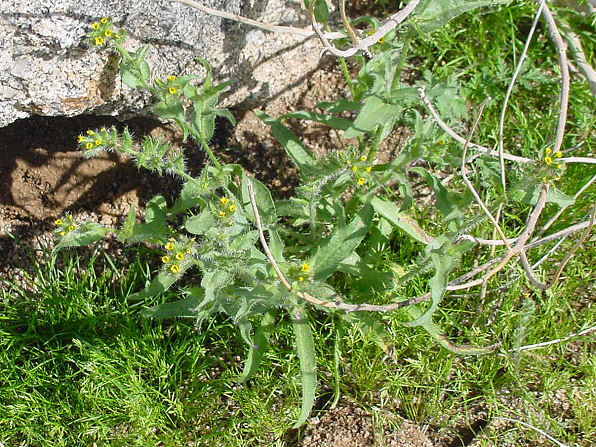 |
| Orange Fiddleneck, Amsinckia menziesii. March 20, 2003, Cave Creek, Arizona. |
|---|
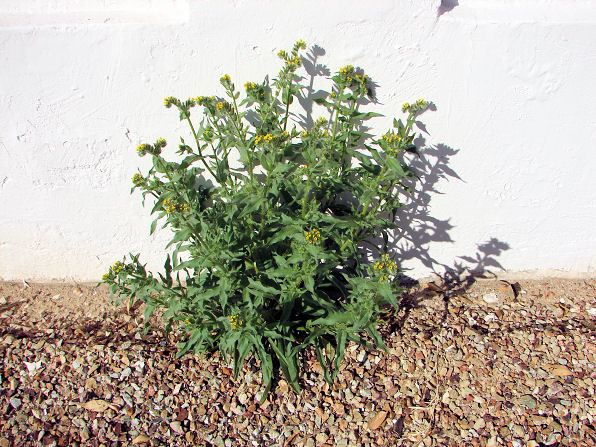 |
| Orange Fiddleneck, Amsinckia menziesii. January 19, 2009, Glendale, Arizona. |
 |
| Orange Fiddleneck, Amsinckia menziesii. January 19, 2009, Glendale, Arizona. |
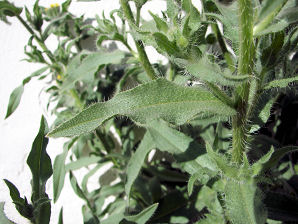 | 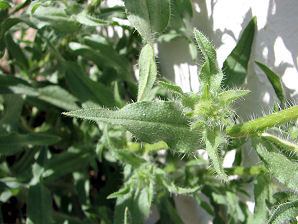 |
| Orange Fiddleneck Leaves. | Amsinckia menziesii Leaves. |
|---|---|
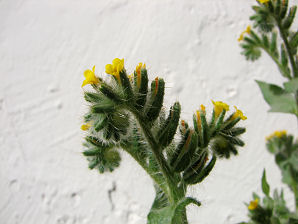 | 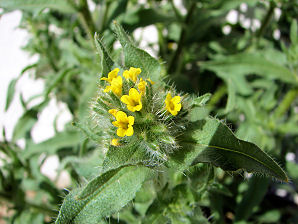 |
| Orange Fiddleneck Flowers. | Orange Fiddleneck Flowers. |
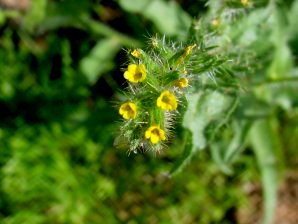 |  |
| Orange Fiddleneck, (Amsinckia menziesii.) | (borage) family Close Up. |
Orange Fiddleneck.
We wish to thank Wikipedia, the free encyclopedia for some of the information on this page. We share images and information with Wikipedia. Amsinckia menziesii var. intermedia (Common Fiddleneck, or Intermediate Fiddleneck) is one of the common fiddlenecks of western North America, distributed from Alaska and Canada through the Western United States to Mexico. Like other members of the genus, it has a terminal flowering whorl somewhat shaped like the head of a violin or fiddle, hence the name fiddleneck. The flowers are yellow-orange, orange, or dark yellow. Fiddleneck is an annual plant. It germinates in the fall and blooms during the first warm days of January - March.
Quick Notes:
Height: From 3 Inches To About 18 Inches Tall.
Flowers: Yellow - Orange: Flowers are tubular (shaped like a tube) with five petals. Flower buds are held in tight coils (spirals) at the top of the plant. The flowers open from the bottom of the plant to the top causing the stem to uncoil.
Flowering Time: February - March.
Seeds: The seeds are produced in fours and have small hooked spines.
Stems/Trunks: White thorns of varying length; typically 1/4 to 1in long and white; thorns are most obvious on young trees, fewer found on mature specimens; young stem growth has reddish color, turning brown to gray-brown and becoming furrowed and scaly.
Leaves: Dull green pinnate leaves with 2 to 3 pairs of elliptical leaflets.
Found: Abundant throughout the western states of the USA, in British Columbia and in Baja California, at heights of up to 1700 metres. Also native to South America, and found as an alien species in eastern North America and the Old World..
Hardiness:
Soil pH requirements:
Sun Exposure:
Elevation: 0 - 5,577 feet.
Habitat: Cities along roadsides and sandy river bottoms, and washes in the deserts.
Miscellaneous: Flowering Photos Taken March 20, 2003, Cave Creek, Arizona. Again On January 19, 2009, Glendale, Arizona.
It could be used for Xeriscape Gardens. The caterpillars of the Painted Lady Butterfly are often found within tent - like shelters made of leaves loosly sewn together with caterpillar silk. Is considered a weed!
|
We Are Proud Of Our SafeSurf Rating!
Click On Any Of The Following Links By Amazon.Com
For Books, & Videos About Wildflowers Of Arizona & The Southwest USA. No Obligation!
| © 1966 - Present, Audrey, Eve, & George DeLange |
